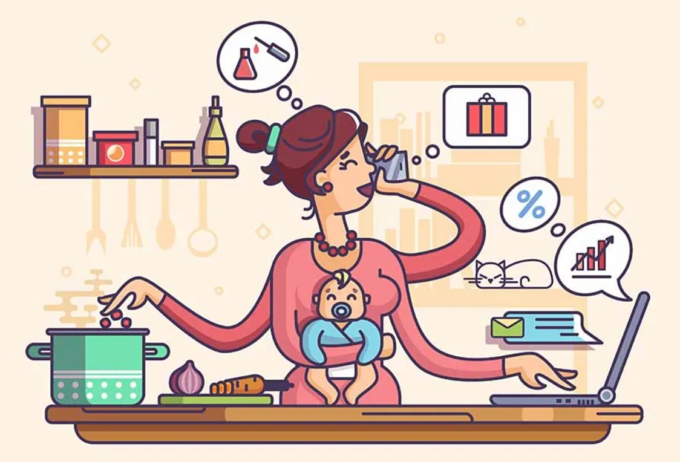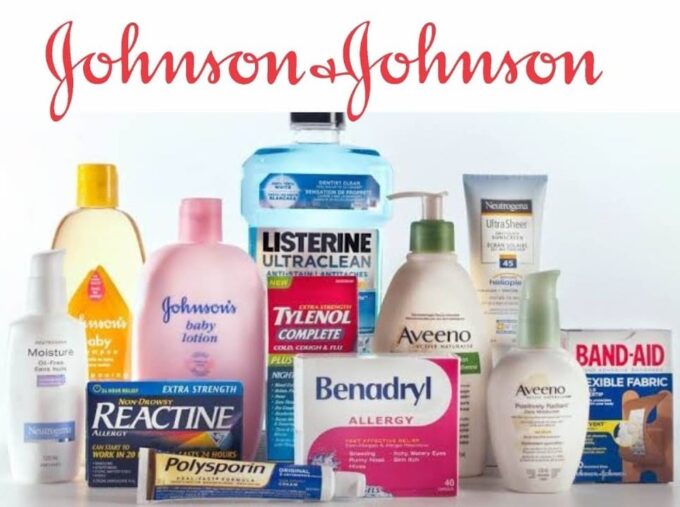Women account for 90% of frontline health workers and 70% of the overall global health workforce, providing essential health services to an estimated 5bn people worldwide, as Mary Stutts, CEO at Healthcare Businesswomen’s Association, whose mission it is to advance women and their impact in the workforce, points out.
And yet, several factors are inhibiting women’s progress in the field, from a pandemic-induced mass exodus of women from the healthcare labor force to a broken pipeline for women leaders, who hold just 25% of senior leadership roles. There will be major repercussions on the health ecosystem if we don’t solve this workforce crisis.
“Societal expectations towards gender haven’t kept up with how we are [operating] today,” says Takako Ohyabu, Chief Global Corporate Affairs & Sustainability Officer at Takeda Pharmaceutical Company.
“We need the right policies and incentives to achieve gender parity. In Japan, we see more working mothers in the workforce but societal expectations towards mothers haven’t changed: we are expected to do everything without help. In India, you need you mother-in-law behind you to juggle work and life,” she explained.
“In Japan, if policy makers were to open up more visas to helpers, and if the government could advocate that it was ok for women to ask for help, it would make a huge difference.”
More focus on skills, less insistence on degrees
A plethora of initiatives are underway to advance gender parity and healthy equity at Johnson & Johnson, Pfizer, Takeda Pharmaceutical Company, Merck (known as MSD in India), and Syneos Health. These can be applied and developed across industries to serve the advancement of women.
“At Johnson & Johnson, a number of initiatives allow us to give women the skills they need to continue to advance throughout their careers,” says Kristen Von Seggern, Vice President, Strategic Programs, Supply Chain & Operations, at the firm. One of these is the Women in STEM²D program: science, technology, engineering, math, manufacturing, and design. It focusses not only on professional women but on youths and university students, looking for ways to help females, young girls, young adults and women already working to choose STEM²D careers and stay in them.
However, it’s not all about degree education. Meenakshi Nevatia, Country President & Managing Director at Pfizer India, explains how her firm tackles parity at the grassroots level, believing that “disbalance” starts at home. “We go into villages near a big manufacturing facility in India to identify local students who have not just the degrees needed to move forward but also the skills,” she says. “We bring them to city, enroll them in colleges, and give them accommodation and a shift of work. We bring along their parents too.”













 Audio available
Audio available